Home>Articles>How Long Does The Google Nest Doorbell Battery Last
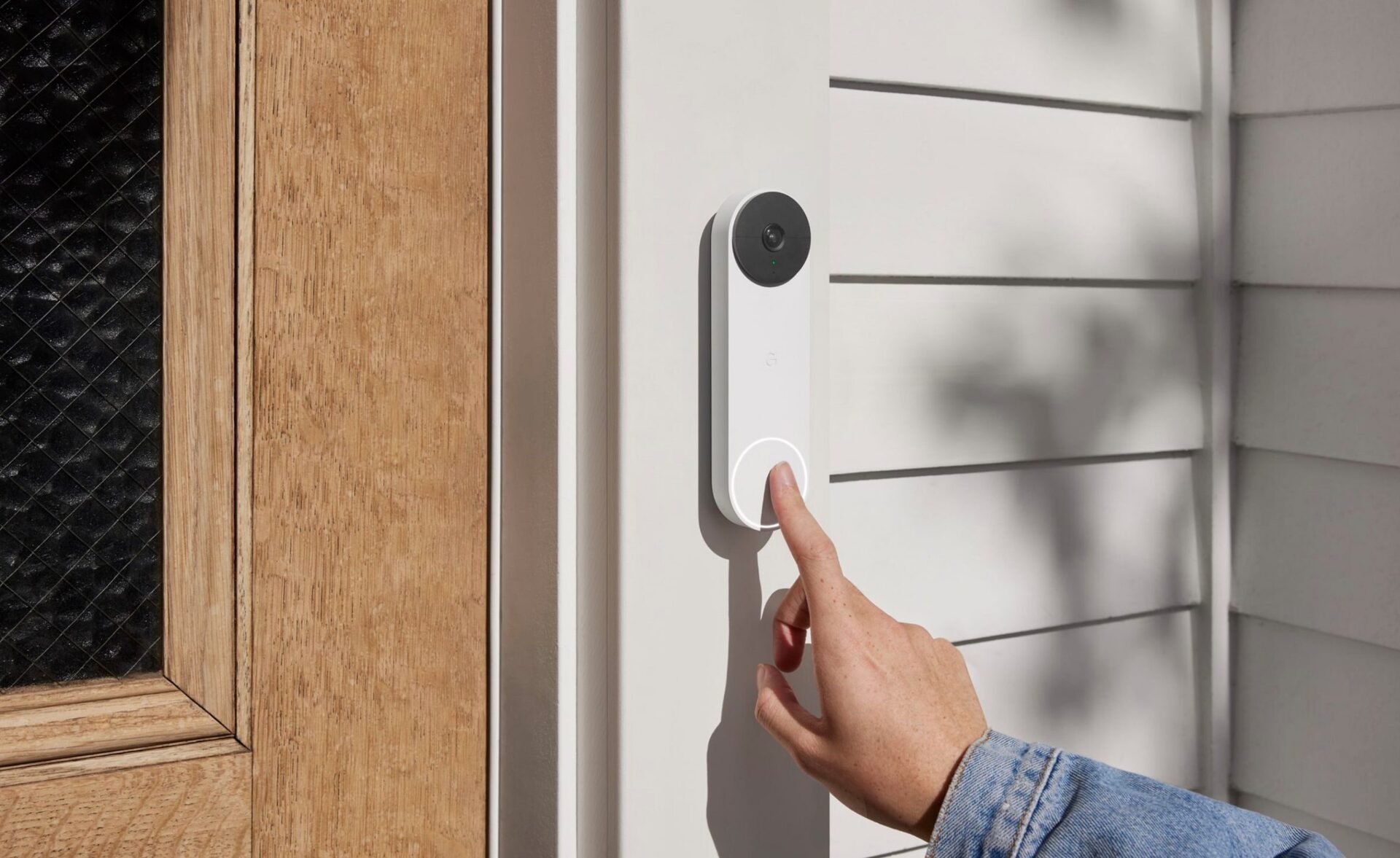

Articles
How Long Does The Google Nest Doorbell Battery Last
Modified: January 6, 2024
Find out how long the Google Nest Doorbell battery lasts and get valuable insights in this informative article. Discover the best tips and tricks in maximizing its battery life today!
(Many of the links in this article redirect to a specific reviewed product. Your purchase of these products through affiliate links helps to generate commission for Storables.com, at no extra cost. Learn more)
Introduction
Welcome to the world of the Google Nest Doorbell, a revolutionary device that offers convenience and security for your home. One of the key considerations when using the Nest Doorbell is battery life. Knowing how long the battery will last is essential for planning and ensuring uninterrupted operation. In this article, we will explore the factors that affect the battery life of the Google Nest Doorbell and provide tips on how to extend it.
With the Google Nest Doorbell, you can enjoy the benefits of a smart doorbell, such as real-time notifications on your smartphone when someone rings the bell, two-way communication, and even the ability to see and interact with visitors remotely. However, to ensure that the doorbell functions smoothly, it relies on a battery.
The battery in the Google Nest Doorbell is designed to provide a reliable power source without the need for direct wiring to your home’s electrical system. This adds flexibility and convenience, allowing you to install the doorbell in various locations around your property. Understanding the battery’s capabilities and limitations is crucial for optimizing its performance.
Key Takeaways:
- Maximize Google Nest Doorbell battery life by adjusting settings like motion detection and video quality, and consider a solar charger for sustainable power.
- When replacing the battery, follow manufacturer guidelines, charge the new battery fully, and monitor its performance for extended doorbell operation.
Understanding the Google Nest Doorbell Battery
The Google Nest Doorbell relies on a rechargeable battery to power its functions. This battery is specifically designed to be long-lasting and efficient, providing you with a reliable power source for extended periods. The doorbell is equipped with a lithium-ion battery, which is known for its high energy density, lightweight design, and stable performance.
The Nest Doorbell’s battery is built to handle the demands of its various features, such as streaming high-quality video, sending notifications, and supporting two-way communication. It is designed to withstand continuous use and provide ample power to keep your doorbell functioning optimally.
The battery capacity of the Google Nest Doorbell depends on various factors, including the model, settings, usage patterns, and environmental conditions. The doorbell’s battery life can vary significantly based on these factors, so it’s essential to understand how they can impact the overall performance.
When the Google Nest Doorbell is in standby mode—meaning it is not actively recording or streaming video—the battery consumption is minimal, allowing it to last for extended periods. However, when the doorbell is actively engaged, such as when someone rings the bell or when motion is detected, the battery usage will increase.
To ensure optimal battery life, it’s crucial to configure the settings of your Nest Doorbell appropriately. You can adjust various parameters, such as the recording quality, motion sensitivity, and notification frequency, to strike a balance between functionality and battery consumption.
Furthermore, environmental conditions can impact the battery life of the Google Nest Doorbell. Extreme temperatures, either too hot or too cold, can affect the performance and longevity of the battery. It’s important to place the doorbell in an area where it is shielded from direct sunlight and protected from harsh weather conditions to prevent unnecessary strain on the battery.
Factors Affecting Battery Life
Several factors can influence the battery life of your Google Nest Doorbell. By understanding these factors, you can make informed decisions and take the necessary steps to optimize the longevity of your doorbell’s battery.
1. Usage Frequency: The more frequently your Nest Doorbell is in use, the faster its battery will drain. Factors like the number of video recordings, live streaming sessions, and the usage of other features like two-way communication can impact the battery life.
2. Video Recording Quality: The quality of the video recordings can have a significant impact on battery life. Higher video resolutions and frame rates will consume more power. Adjusting the video recording quality to a level that meets your requirements while minimizing battery consumption can help extend the battery life.
3. Motion Sensitivity: The sensitivity setting for motion detection can impact battery usage. Higher sensitivity levels will trigger more frequent motion alerts and recordings, leading to increased battery drain. Finding the right balance between capturing important events and conserving battery power is essential.
4. Notification Settings: The frequency of notifications received on your smartphone or other devices can affect battery life. Constant notifications for every motion detected or doorbell ring will consume more power. Adjusting the notification settings to receive alerts only for important events can help conserve battery power.
5. Wi-Fi Signal Strength: A weak Wi-Fi signal can cause your Nest Doorbell to consume more power. When the signal is weak, the doorbell has to work harder to maintain a connection, leading to increased battery drain. Ensuring a strong and stable Wi-Fi signal can help optimize battery life.
6. Weather Conditions: Extreme temperatures, whether too hot or too cold, can impact the performance and longevity of the battery. It is recommended to install the Nest Doorbell in a location where it is protected from harsh weather conditions to prevent unnecessary strain on the battery.
By considering and managing these factors, you can optimize the battery life of your Google Nest Doorbell and ensure a smooth and uninterrupted user experience.
Average Battery Life of Google Nest Doorbell
The average battery life of the Google Nest Doorbell can vary depending on several factors, including usage patterns, settings, and environmental conditions. While the specific battery life can differ between models and individual circumstances, Google provides estimates to help users understand what to expect.
According to Google, under typical usage conditions, the battery of the Google Nest Doorbell can last anywhere from one to six months before needing to be recharged. This estimation takes into account an average number of events, such as motion detection triggers, doorbell rings, and video recordings.
However, it’s important to note that the actual battery life can vary significantly based on individual usage habits. If your Nest Doorbell is located in an area with frequent activity, such as a bustling neighborhood or a high-traffic entrance, the battery may drain faster due to more frequent events triggering notifications and video recordings. On the other hand, if your doorbell is installed in a relatively quiet area, the battery may last longer.
To get a more accurate estimate of your specific Nest Doorbell’s battery life, you can monitor the device’s battery level through the Google Nest app. The app provides real-time information about the current battery status, allowing you to track the usage patterns and adjust settings if necessary to optimize battery life.
It’s worth noting that certain features and settings can impact battery life. For example, higher video resolution and frame rates, along with frequent video streaming and recording, can result in faster battery drain. Similarly, enabling more motion detection zones and setting higher motion sensitivity levels may contribute to increased power consumption.
To maximize the battery life of your Google Nest Doorbell, consider adjusting the settings to strike a balance between functionality and battery consumption. Customizing the video quality, motion sensitivity, and notification frequency based on your specific needs can help extend the battery life and ensure continuous operation.
In summary, the average battery life of the Google Nest Doorbell can range from one to six months, depending on usage patterns and settings. Monitoring the battery status through the Google Nest app and making adjustments accordingly can help optimize the battery life for your specific circumstances.
The Google Nest Doorbell battery can last anywhere from 1 to 6 months, depending on usage and settings. To maximize battery life, consider adjusting motion detection sensitivity and frequency of notifications.
Tips to Extend Battery Life
Preserving the battery life of your Google Nest Doorbell is crucial for uninterrupted operation and convenience. Here are some tips to help you extend the battery life and get the most out of your device:
- Optimize Motion Detection: Adjust the motion detection settings to find the right balance between capturing important events and conserving battery power. Lowering the sensitivity or narrowing the detection zone can reduce unnecessary motion triggers and extend the battery life.
- Manage Video Recording Quality: Higher video resolutions and frame rates consume more power. Consider adjusting the video quality settings to a level that meets your needs without excessive battery drain. Balancing video quality with battery life can help extend the operating time of your doorbell.
- Customize Notification Frequency: Consistent notifications for every motion detected or doorbell ring can drain the battery faster. Configure the notification settings to receive alerts only for important events to conserve battery power. This way, you’ll still be notified of significant activity while reducing the overall power consumption.
- Install in an Optimal Location: Place the Google Nest Doorbell in a location with a stable Wi-Fi signal and adequate protection from extreme weather conditions. A strong Wi-Fi connection reduces battery strain, while shielding the doorbell from excessive heat or cold can help preserve battery life.
- Create a Scheduled Recording Plan: If your doorbell allows for scheduled recording, consider setting specific time periods for video capture. By limiting the recording duration during specific hours, you can conserve battery power during times when activity is generally low.
- Disable Unnecessary Features: If there are features that you rarely use, such as live streaming or continuous recording, consider disabling them to minimize battery drain. Only enable the features you truly need to optimize battery performance.
- Regularly Update Firmware: Keeping your Google Nest Doorbell’s firmware up to date is crucial for optimal performance, including battery management. Check for firmware updates regularly and install them to ensure you are using the latest enhancements and optimizations.
- Consider a Solar Charger: If you live in an area with abundant sunlight, investing in a solar charger can be a sustainable way to extend the battery life of your doorbell. This option allows the doorbell to harness solar energy to recharge the battery, reducing the need for manual recharging.
Following these tips can help you maximize the battery life of your Google Nest Doorbell, ensuring that it operates smoothly and reliably while minimizing the need for frequent recharging.
Replacing the Battery of Google Nest Doorbell
Over time, the battery of your Google Nest Doorbell may begin to lose its capacity and require replacement. The process of replacing the battery is straightforward and can be done in a few simple steps:
- Identify the Compatible Battery: Before replacing the battery, make sure you have the correct and compatible replacement battery for your specific Google Nest Doorbell model. Refer to the manufacturer’s guidelines or consult the product documentation to ensure you purchase the right battery.
- Prepare the Doorbell: To replace the battery, start by removing the faceplate or cover of your Google Nest Doorbell. This can typically be done by gently prying it off or unscrewing it, depending on the model.
- Remove the Old Battery: Once you have access to the battery compartment, carefully disconnect the old battery. Most Google Nest Doorbell models have a simple connector that can be disconnected by gently pulling it apart. Ensure that you handle the old battery with care and dispose of it properly according to local regulations.
- Insert the New Battery: Take the new battery and securely connect it to the doorbell, ensuring that it is properly aligned and seated in the battery compartment. Double-check that the connection is secure.
- Reassemble the Doorbell: Once the new battery is in place, reattach the faceplate or cover of the doorbell until it is securely in position. Make sure all fasteners are tightened or repositioned to prevent any loose components.
- Charge the New Battery: After replacing the battery, it is recommended to charge the new battery fully before using the doorbell. This will ensure optimal performance and longer battery life.
- Monitor the Battery Status: Once the new battery is charged, monitor the battery status through the Google Nest app or any available indicators on the doorbell itself. This will help you keep track of the battery’s performance and make any necessary adjustments to optimize its lifespan.
It’s important to note that the battery replacement process may vary slightly depending on the specific model of your Google Nest Doorbell. Always refer to the manufacturer’s instructions and guidelines provided with your device for accurate and detailed steps specific to your doorbell model.
By following these steps and regularly maintaining your Google Nest Doorbell’s battery, you can ensure smooth operation and extended battery life for continued convenience and security.
Conclusion
The Google Nest Doorbell is a smart and convenient device that offers enhanced security and peace of mind for your home. Understanding the factors that affect its battery life and implementing strategies to optimize battery performance is crucial for uninterrupted operation and convenience.
By considering factors such as usage patterns, video recording quality, motion sensitivity, and notification settings, you can strike a balance between functionality and battery consumption. Adjusting these settings to meet your specific needs can help extend the battery life of your Google Nest Doorbell.
Additionally, other considerations like installation location, Wi-Fi signal strength, and weather conditions can impact the doorbell’s battery life. Ensuring a stable Wi-Fi connection, protecting the doorbell from extreme temperature exposure, and installing the device in an optimal location are all steps that can help preserve battery life.
If the battery of your Google Nest Doorbell does need replacement, following the manufacturer’s guidelines and the specific steps outlined in the device’s documentation is essential. Properly handling and disposing of the old battery and securely connecting the new battery will ensure smooth operation and optimal performance.
Remember to monitor the battery status through the Google Nest app or any available indicators on the doorbell itself. This way, you can keep track of the battery’s performance and make any necessary adjustments to optimize its lifespan.
By implementing the tips and strategies outlined in this article, you can extend the battery life of your Google Nest Doorbell, ensuring continuous operation and reliable security for your home. Enjoy the convenience and peace of mind that the Google Nest Doorbell provides while maximizing the longevity of its battery.
Frequently Asked Questions about How Long Does The Google Nest Doorbell Battery Last
Was this page helpful?
At Storables.com, we guarantee accurate and reliable information. Our content, validated by Expert Board Contributors, is crafted following stringent Editorial Policies. We're committed to providing you with well-researched, expert-backed insights for all your informational needs.
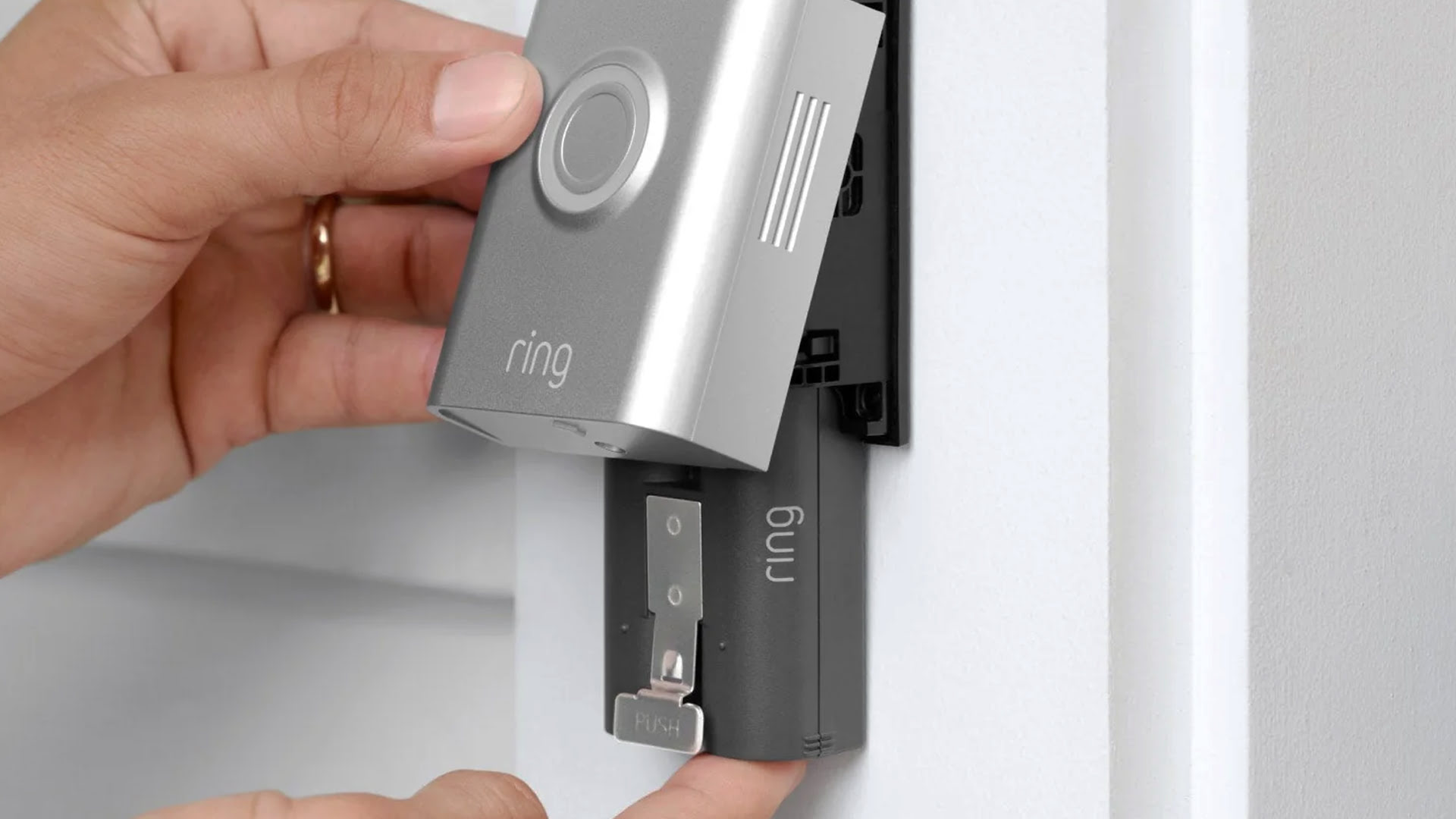
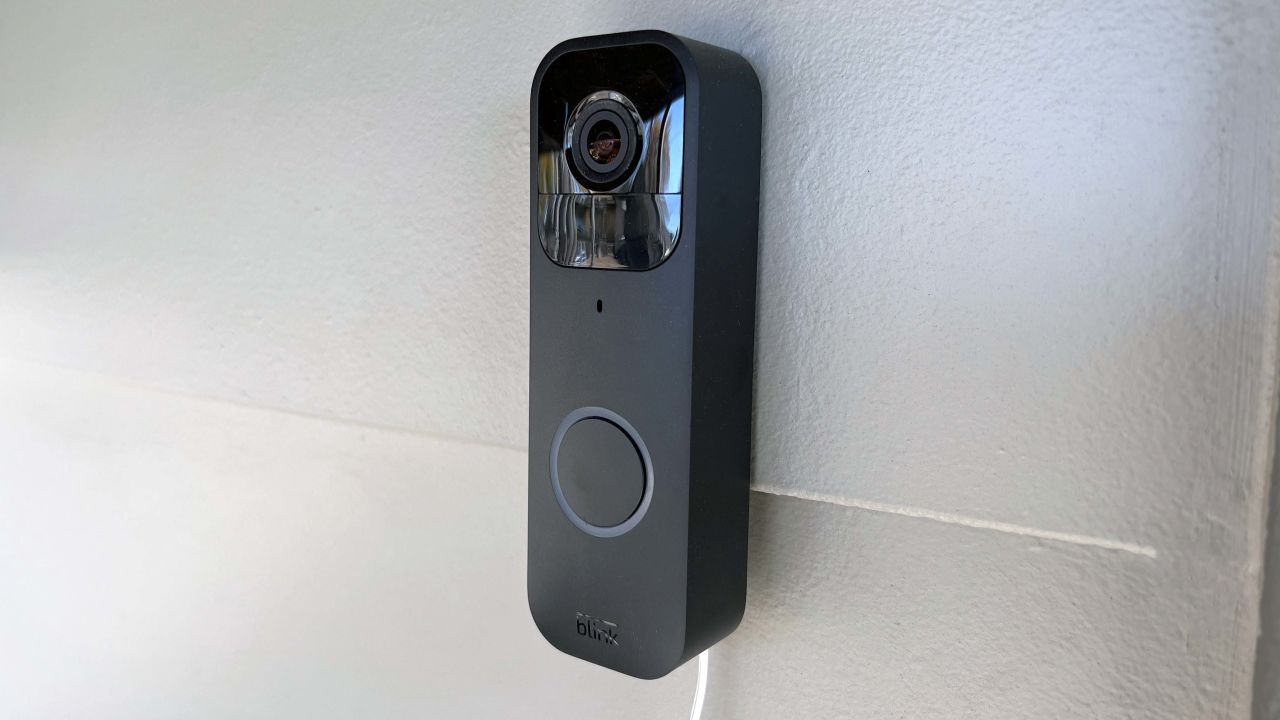
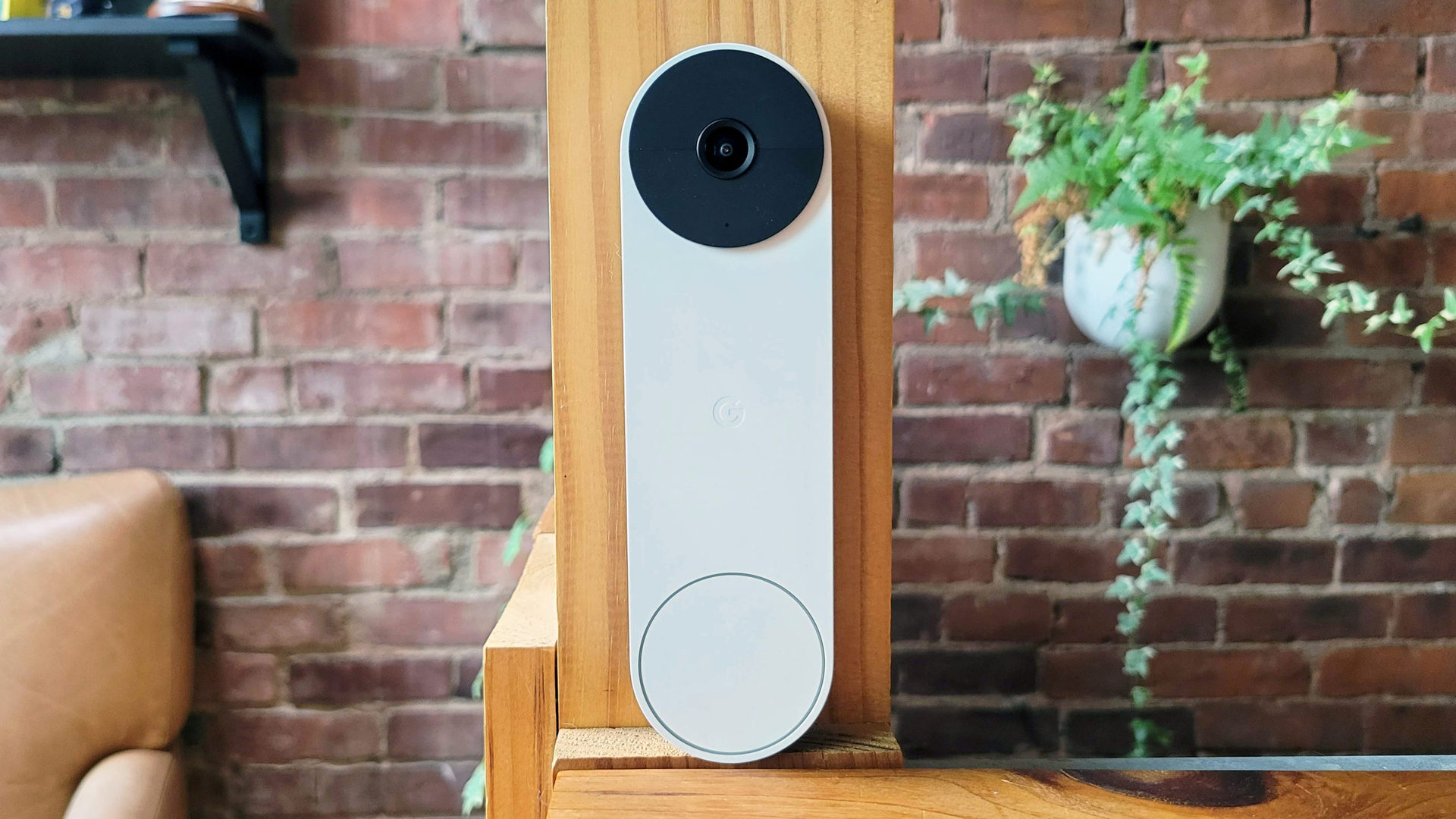
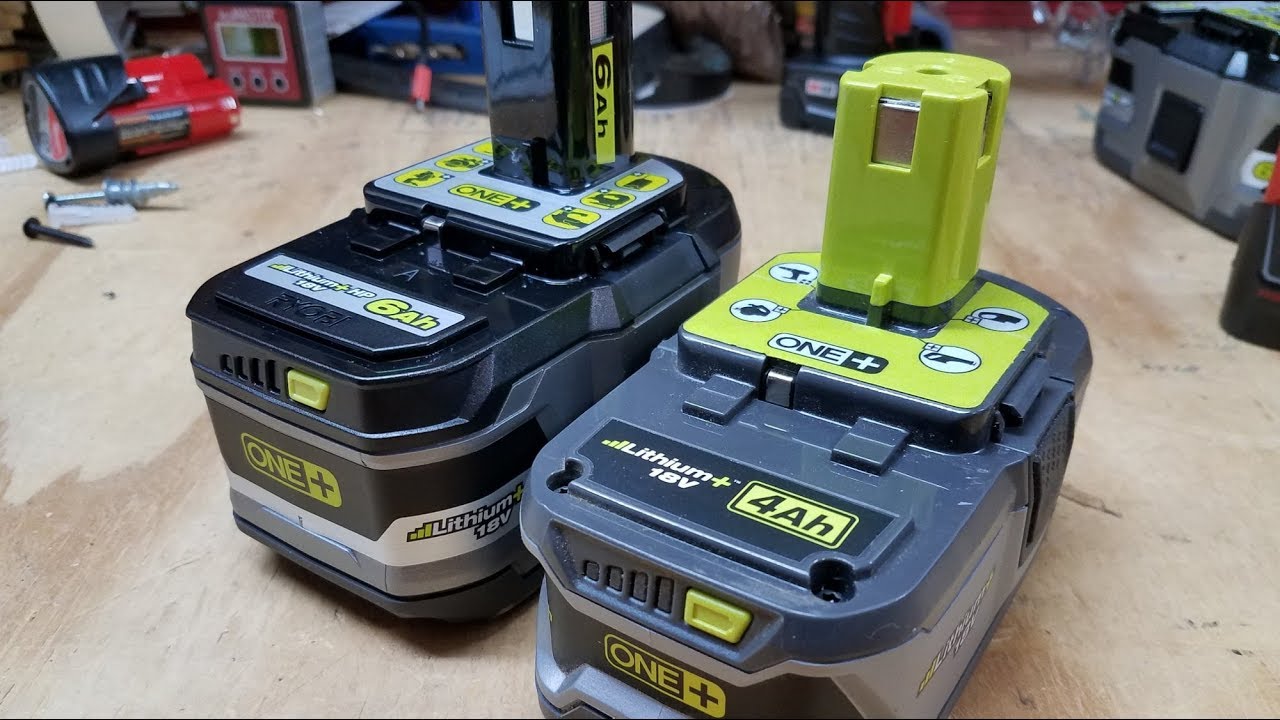
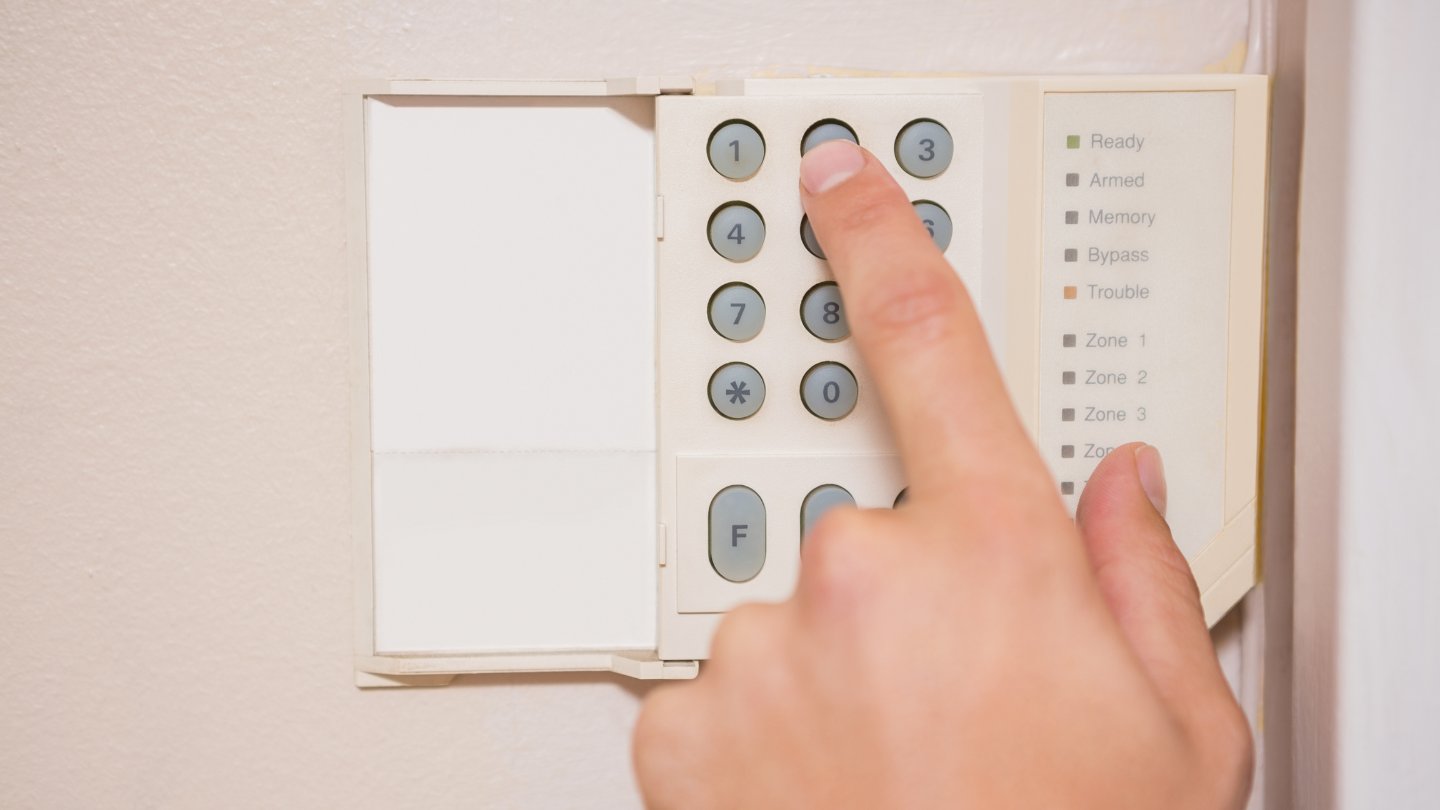
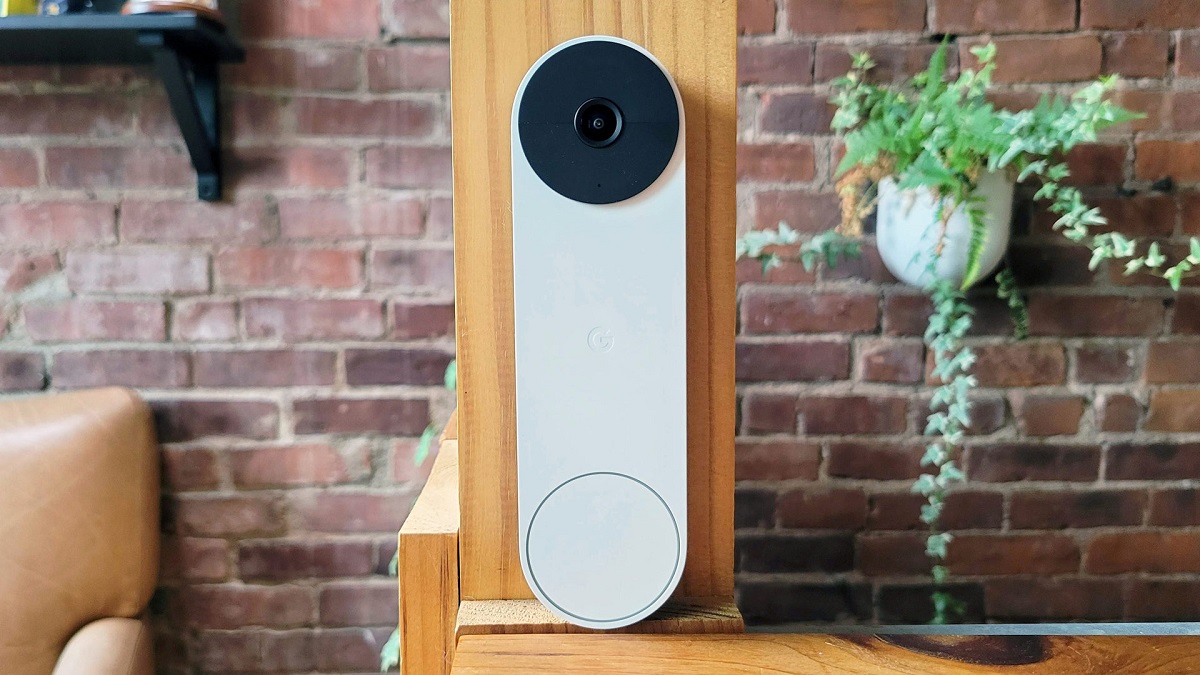
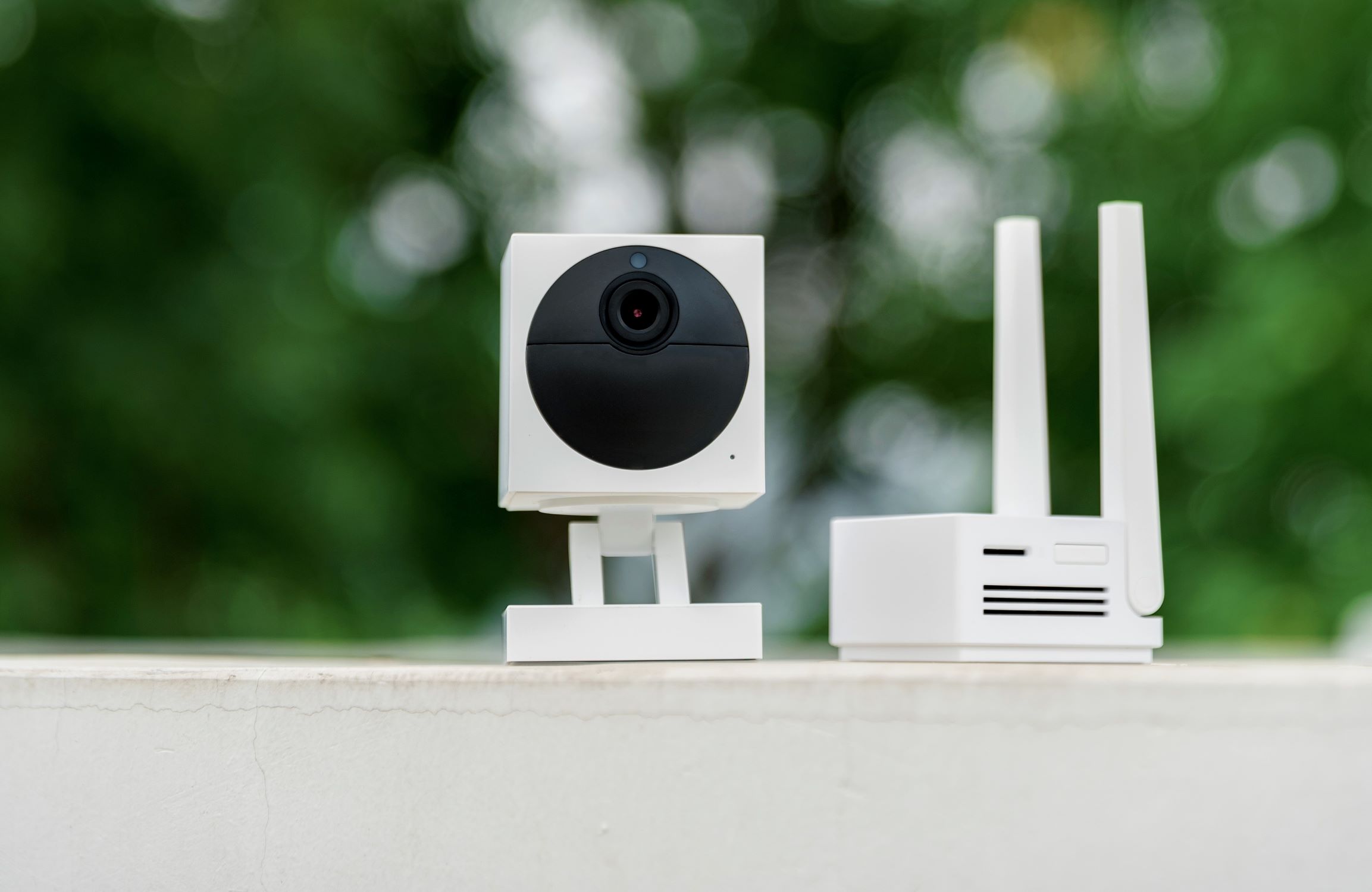
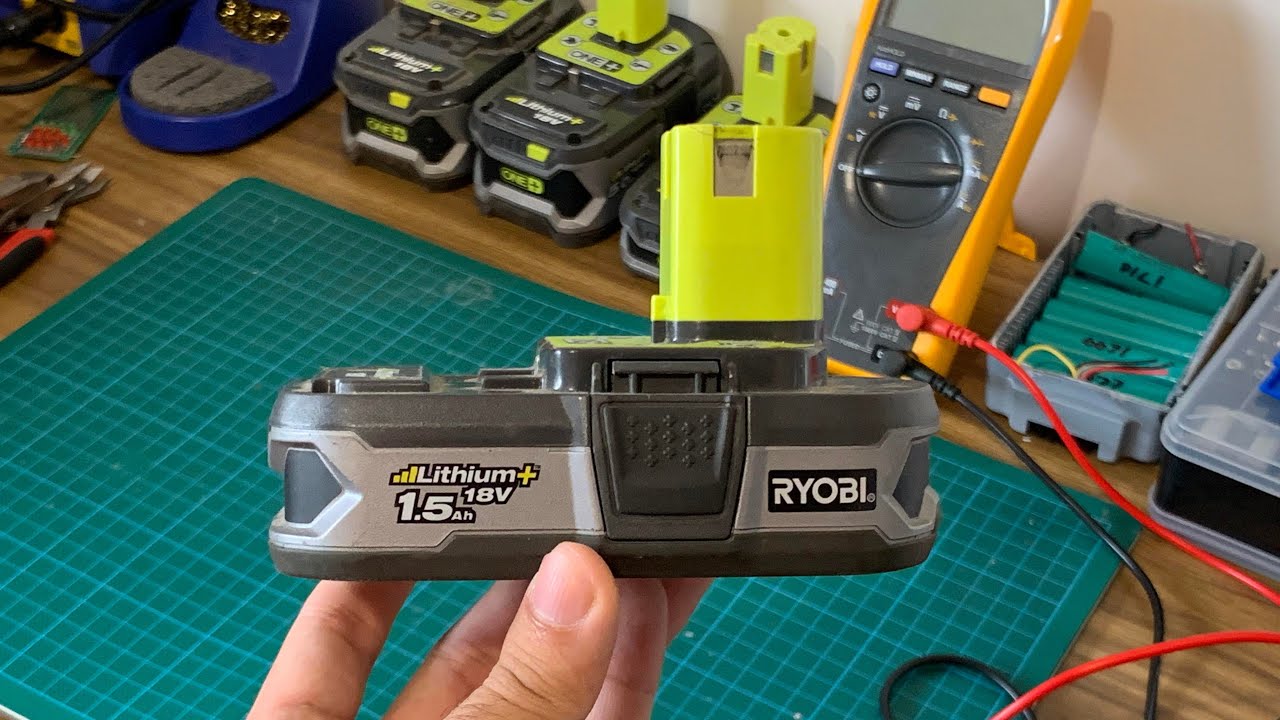
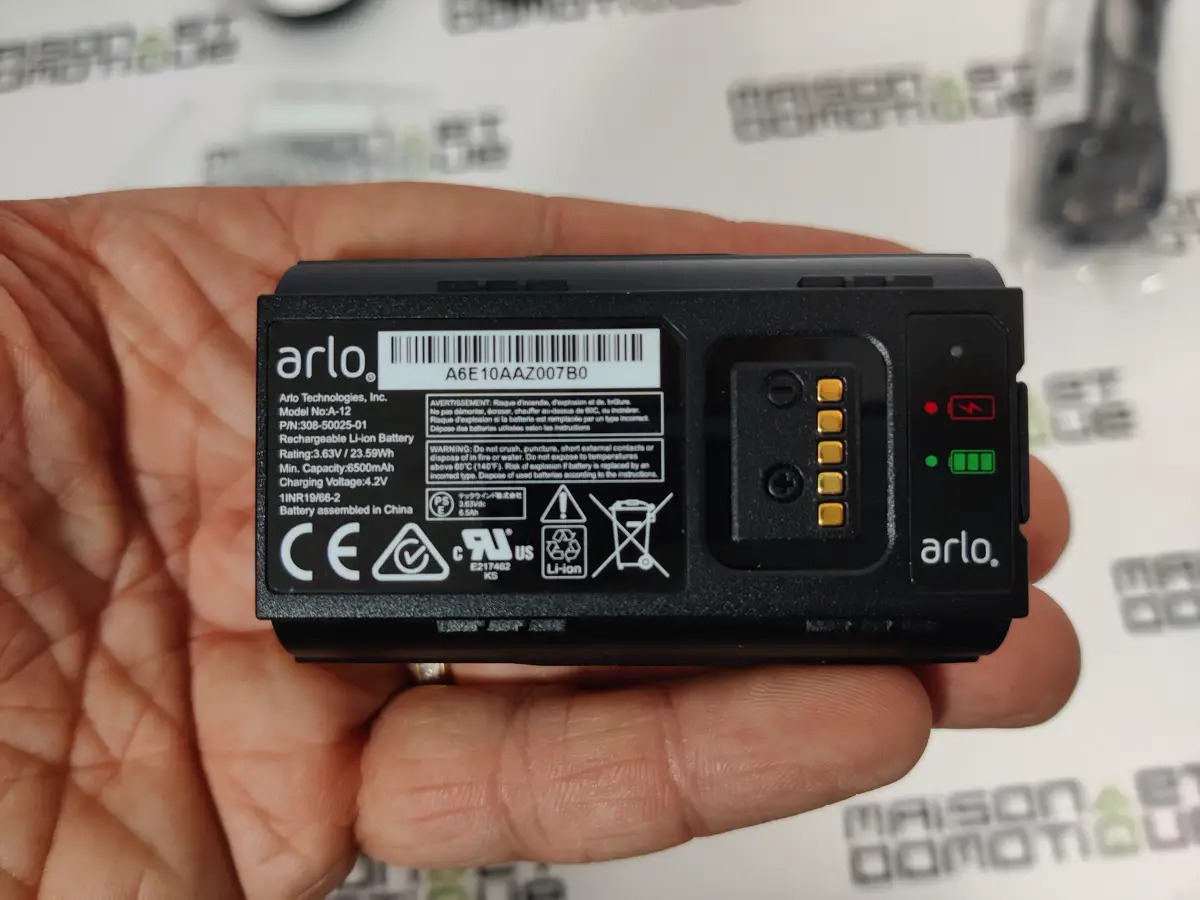
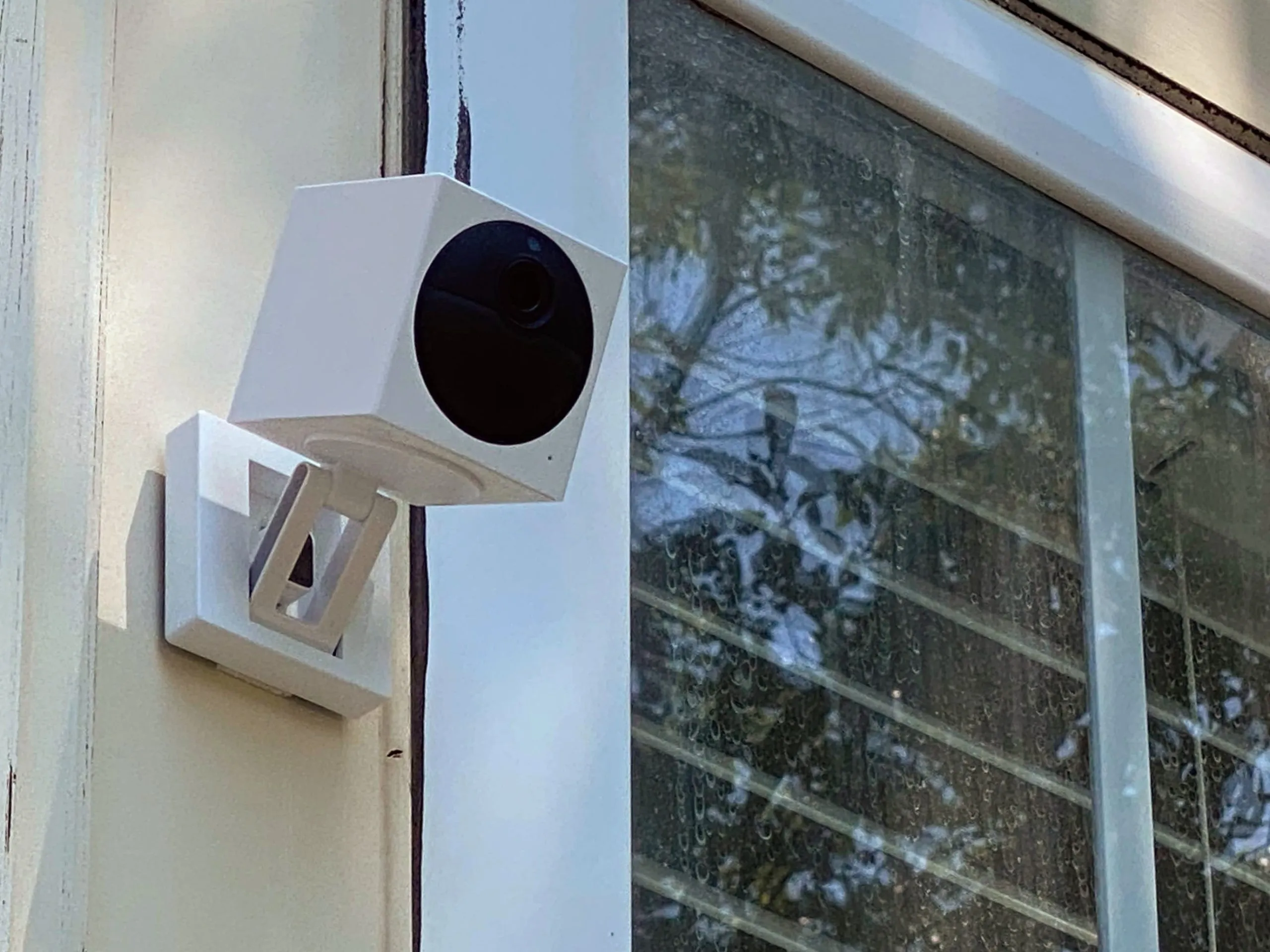
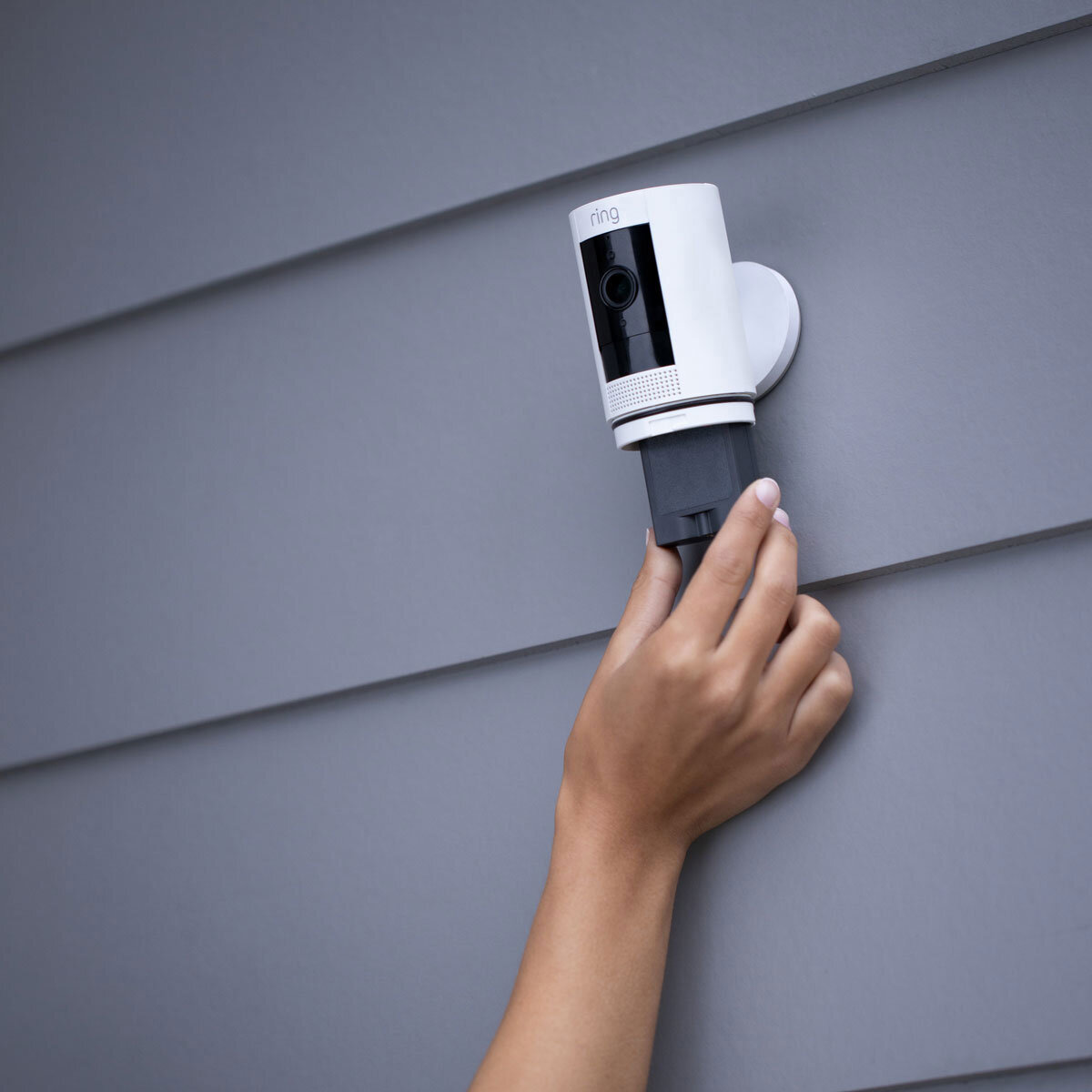
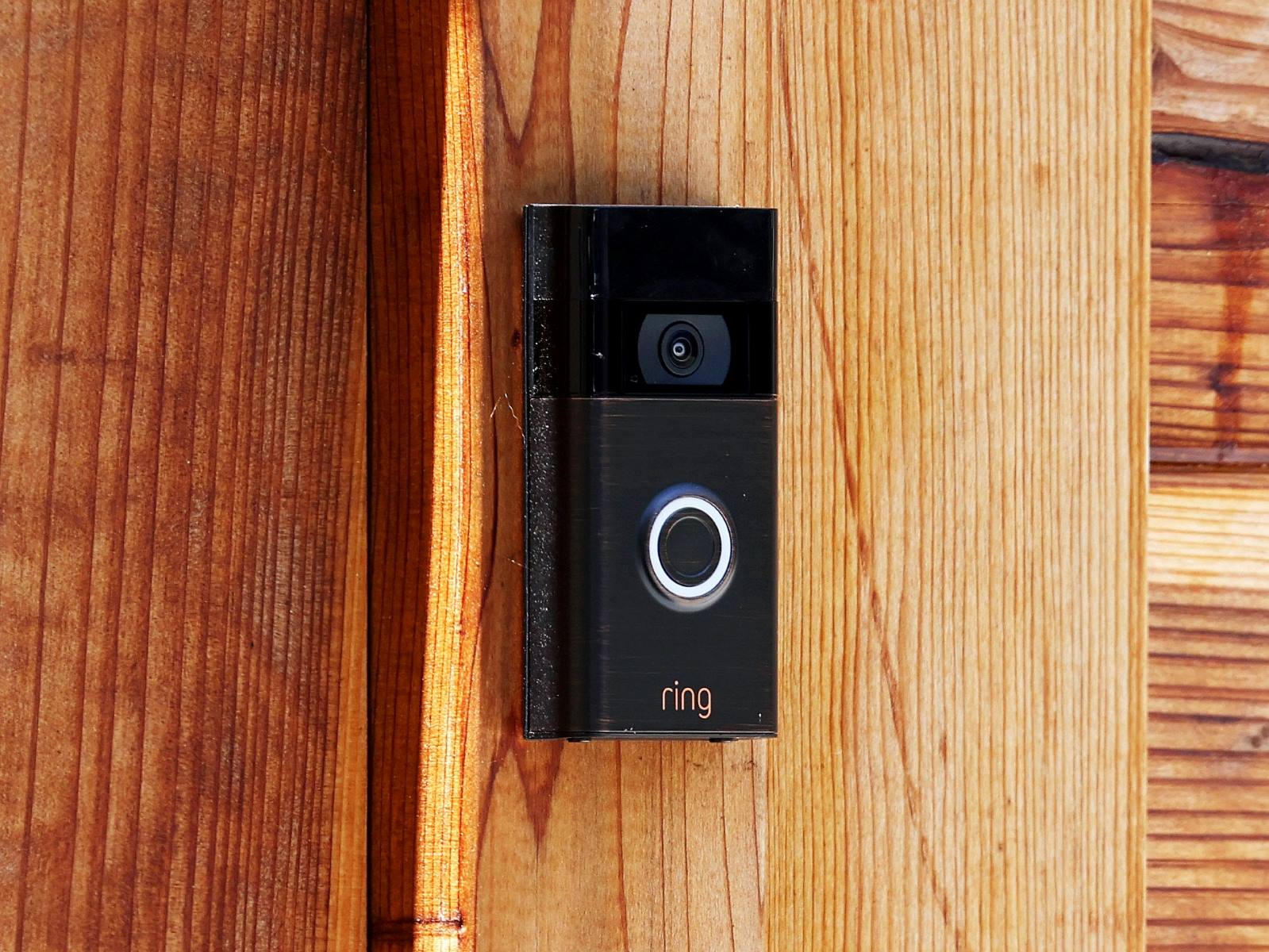
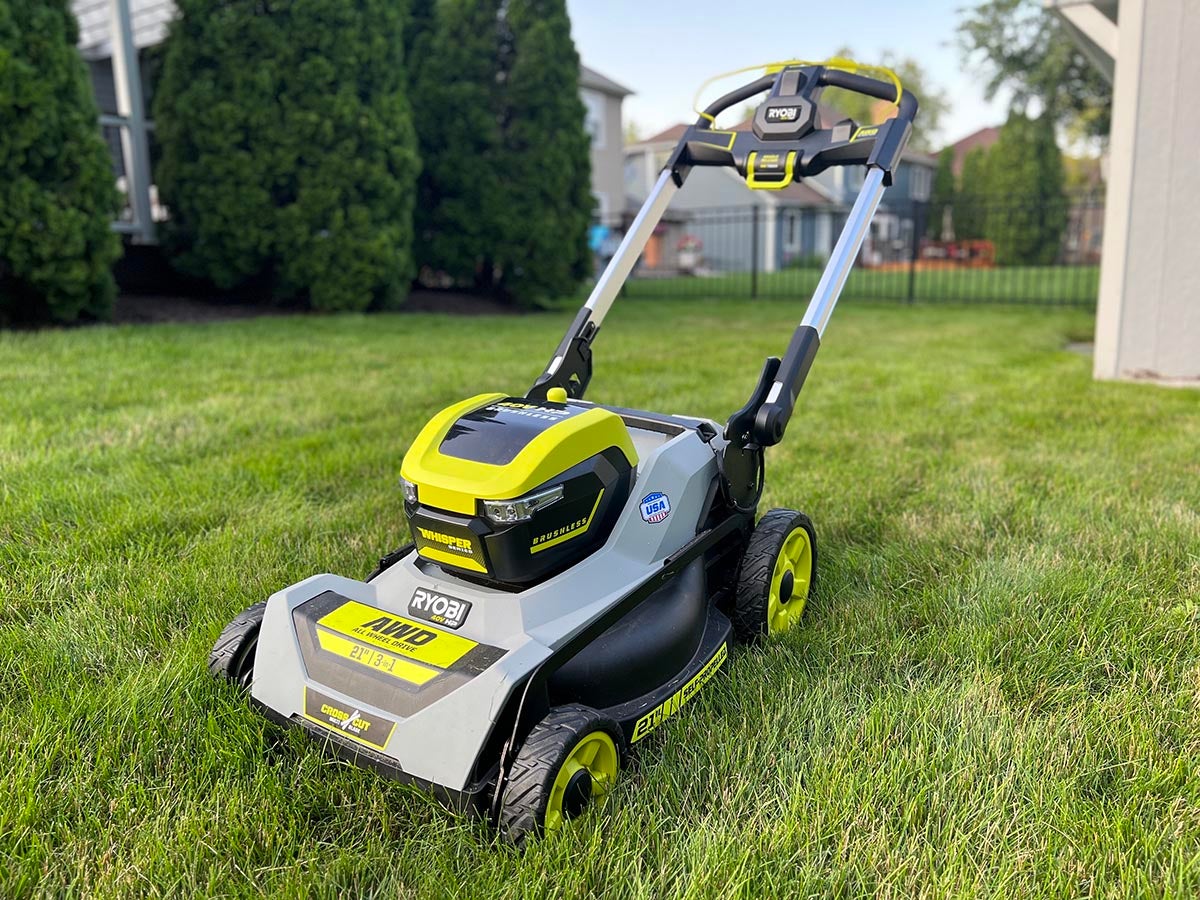
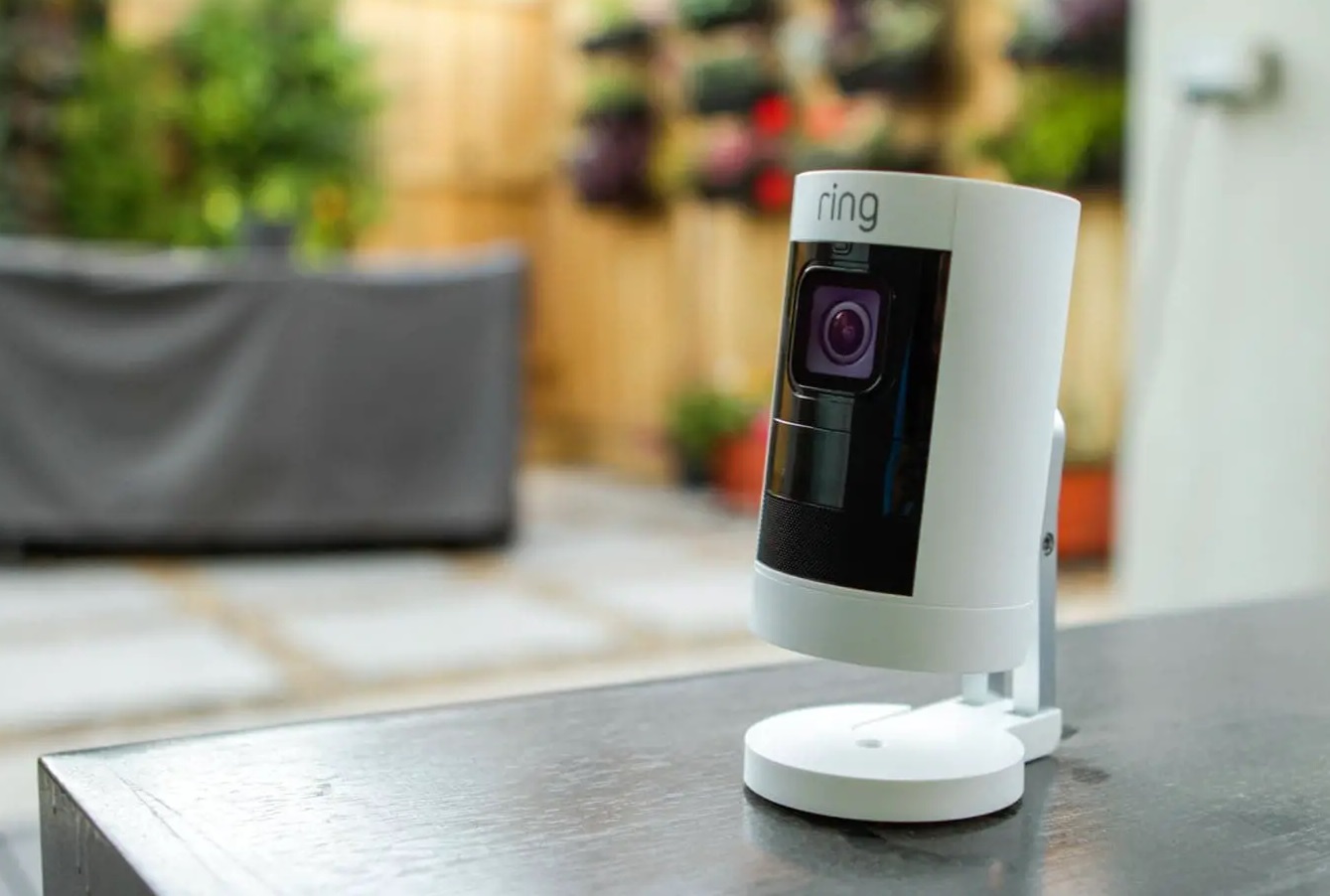

0 thoughts on “How Long Does The Google Nest Doorbell Battery Last”